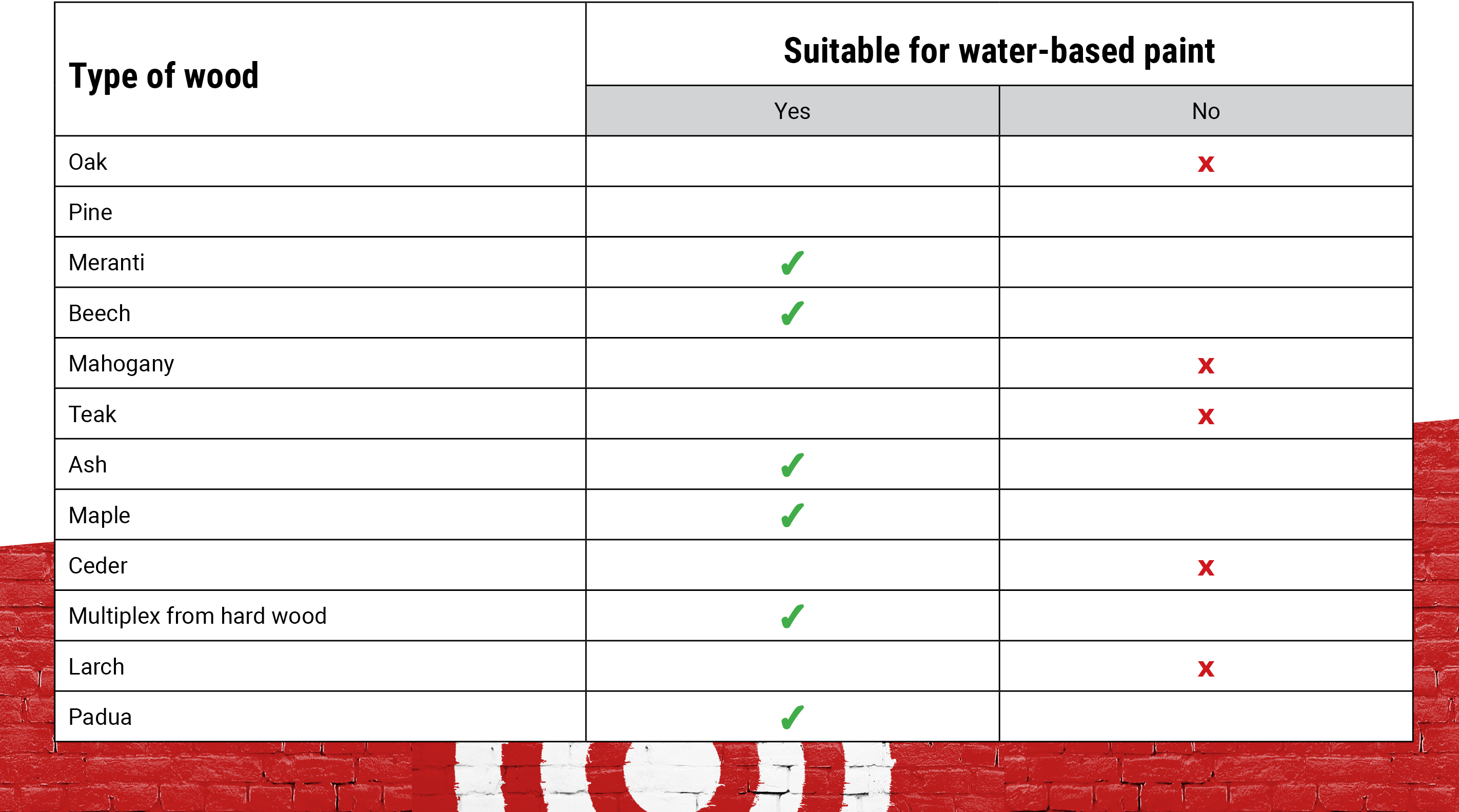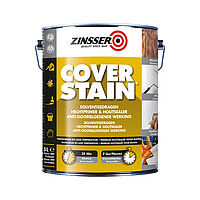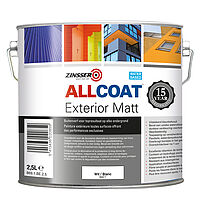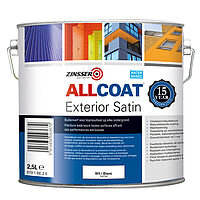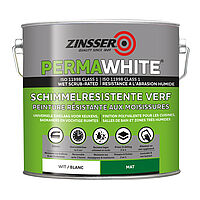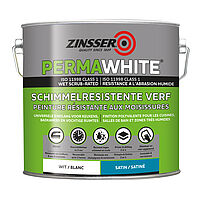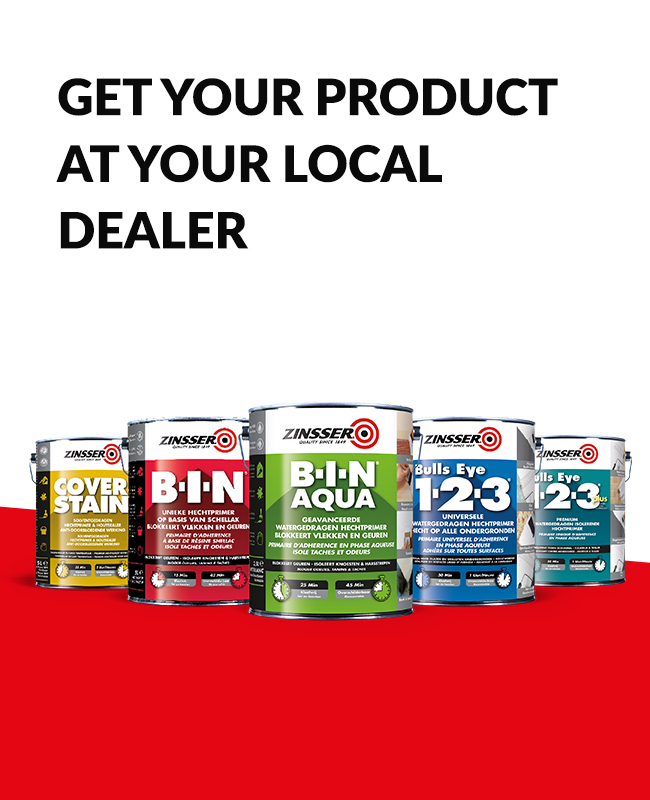That varies from wood species to wood species. This is because some wood species are more water-resistant than others. Wood species with a high tannin or oil content, such as oak, are not suitable for water-based paint because the tannins and oils will enter into a chemical reaction with the water. The tannins or oils will bleed through the paint, leaving stains or discolouration.
For wood types where water-based paint should not be applied directly, you should either use a solvent-based alternative or apply an insulating primer first. In most cases, a primer is the best solution as it also provides certain protections. Below is a list of most common types of wood and whether they are suitable for water-based paint or not.


